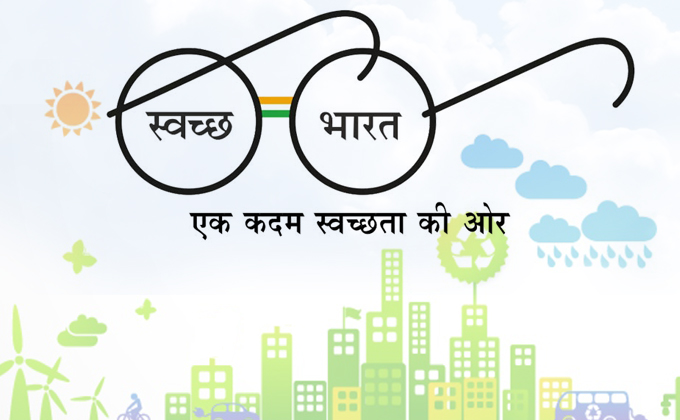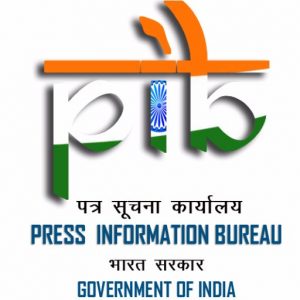Union Minister for Jal Shakti, Shri Gajendra Singh Shekhawat, emphasized the far-reaching benefits of the Swachh Bharat Mission (Grameen), noting its impact on groundwater, surface water, soil, air quality, and overall public health. He cited the WHO 2018 study, which estimates that the Mission could potentially save over 3 lakh lives by the time India becomes Open Defecation Free (ODF).
Releasing two independent third-party assessments—UNICEF’s Environmental Impact Study and Gates Foundation’s IEC Footprint Study—Shri Shekhawat affirmed that the Mission will continue to impact rural lives for years to come.
Key Findings: Environmental Impact Study by UNICEF
The study titled “Environmental Impact of the Swachh Bharat Mission on Water, Soil, and Food” compared ODF and non-ODF villages across Odisha, Bihar, and West Bengal. Findings showed:
11.25 times higher likelihood of groundwater contamination in non-ODF villages
1.13 times higher soil contamination
1.48 times higher food contamination
2.68 times higher household drinking water contamination
These improvements are attributed to better sanitation, hygiene practices, regular monitoring, and effective behaviour change communication under SBM(G).
IEC Footprint Study by Gates Foundation (via Dalberg)
This study assessed the reach and value of Information, Education and Communication (IEC) activities:
Estimated total IEC value: ₹22,000 – ₹26,000 crore
Cash expenditure: ₹3,500 – ₹4,000 crore, with contributions from:
Ministry of Drinking Water & Sanitation (MDWS): ~₹800 crore
State Sanitation Departments: ~₹1,250 crore
Other Ministries: ~₹1,000 crore
Private and development sectors: ~₹950 crore
A rural citizen saw 2,500–3,300 SBM-related messages over the past five years
Statements from Dignitaries
Shri Prakash Javadekar, Union Minister for Environment, highlighted the importance of this release on World Environment Day, reaffirming that SBM has played a critical role in protecting India's rural environment.
Shri Parameswaran Iyer, Secretary, Government of India, noted that 99% rural sanitation coverage has been achieved, and the focus now shifts to the ODF-Plus phase, targeting solid and liquid waste management.


.jpg)